The world of gemology thrives on the ability to distinguish between subtle variations in mineral compositions, and garnets present one of the most fascinating challenges in this regard. Unlike many gemstones that belong to a single mineral species, garnets form a complex group with multiple species and varieties, each exhibiting unique spectral fingerprints. These spectral signatures, captured through advanced spectroscopic techniques, serve as the key to unlocking the identity of individual garnet types, revealing their geological origins and even their potential treatments.
At the heart of garnet identification lies the understanding of their solid solution series. Garnets are nesosilicates with a general formula of X3Y2(SiO4)3, where X and Y represent different metal cations. The most common garnet species fall into two series: pyralspite (pyrope, almandine, spessartine) and ugrandite (uvarovite, grossular, andradite). Each species absorbs and reflects light differently due to variations in their chemical composition, creating distinct spectral patterns that gemologists can interpret like molecular fingerprints.
Visible-near infrared spectroscopy (VNIR) has become an indispensable tool for garnet differentiation. When white light interacts with a garnet's crystal structure, certain wavelengths are absorbed by transitional metal ions like iron, manganese, and chromium. Pyrope-rich garnets, for instance, display strong absorption in the yellow-green region due to chromium content, while almandine shows characteristic iron-related absorption bands at 505nm, 527nm, and 576nm. These subtle differences, invisible to the naked eye, become glaringly obvious under spectroscopic examination.
The beauty of spectroscopic analysis lies in its ability to detect even minor compositional changes. Rhodolite, a popular garnet variety that forms a bridge between pyrope and almandine, exhibits a spectral signature that blends features from both endmembers. The precise position and intensity of absorption bands can indicate the exact proportion of magnesium (pyrope component) to iron (almandine component) in the crystal structure. Such detailed information proves invaluable not just for identification, but for determining a stone's provenance, as different geological environments favor different chemical compositions.
Advanced spectroscopic techniques have revealed that many garnets on the market aren't pure endmembers but rather solid solutions between multiple species. This realization has transformed how gemologists approach garnet classification. Where traditional gemology might have classified a stone simply as "red garnet," modern spectroscopy can quantify its precise position along the pyrope-almandine-spessartine continuum. The implications extend beyond academic interest—such precise identification affects valuation, as certain compositions command higher prices in the market.
Ultraviolet-visible spectroscopy (UV-Vis) provides another layer of discrimination, particularly useful for separating natural from synthetic garnets or detecting heat treatment. Synthetic garnets, grown under controlled conditions, often show "too perfect" spectra lacking the minor absorption features characteristic of natural stones. Similarly, heat-treated garnets may exhibit altered absorption patterns as heat changes the oxidation state of iron within the crystal lattice. These subtle spectral clues help maintain integrity in the gem trade by detecting undisclosed treatments or synthetics.
The practical application of garnet spectroscopy extends beyond the gemological laboratory. Mining companies utilize portable spectrometers at deposit sites for rapid garnet identification, allowing them to map ore quality in real time. Archaeologists employ these techniques to trace ancient trade routes by matching garnets in artifacts to their geological sources. Even the jewelry industry benefits, as precise spectral classification enables more accurate color descriptions in marketing materials, reducing returns from customers expecting different hues.
Despite the power of spectroscopic analysis, challenges remain in garnet identification. Many stones show complex spectra resulting from multiple substitutional cations, requiring experienced interpretation. The growing availability of diffusion-treated garnets has introduced new spectral patterns that can confuse traditional identification protocols. Furthermore, the increasing sophistication of synthetic processes means spectroscopists must continually update their reference databases to include the latest man-made materials entering the market.
Looking ahead, technological advancements promise to deepen our understanding of garnet spectra. Hyperspectral imaging, which combines spectroscopy with spatial analysis, may soon allow non-destructive mapping of compositional variations within a single garnet crystal. Machine learning algorithms are being trained to recognize subtle spectral patterns that might elude human analysts. These developments will further cement spectroscopy's role as the definitive method for garnet identification in an era where precise classification matters more than ever in both scientific and commercial contexts.
The spectral discrimination of garnet species stands as a testament to how far gemological science has progressed. What began as simple observation of color variations has evolved into a sophisticated analytical discipline combining physics, chemistry, and materials science. As spectroscopic technology becomes more accessible and interpretation more refined, our ability to unravel the secrets locked within garnet's crystalline structure will only improve, ensuring these colorful gems continue to fascinate both scientists and connoisseurs for generations to come.
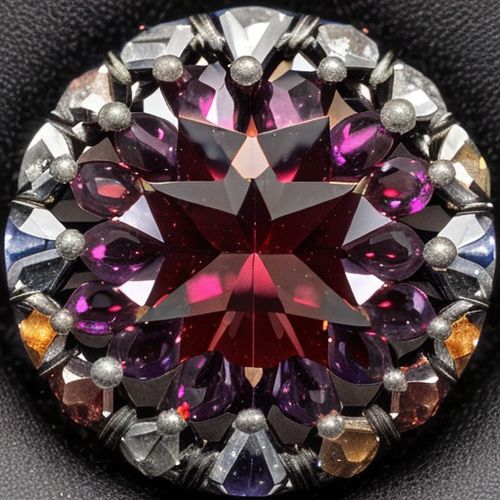
By Grace Cox/Apr 27, 2025

By Christopher Harris/Apr 27, 2025
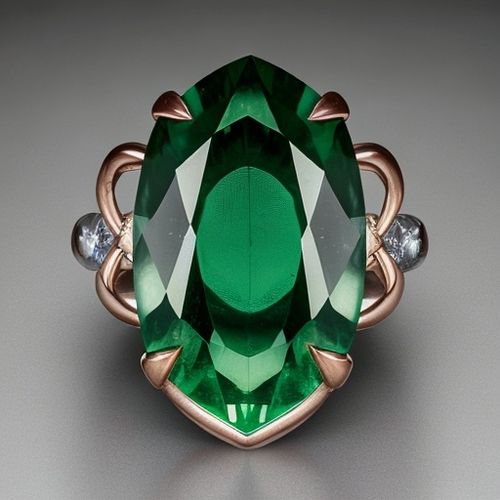
By Thomas Roberts/Apr 27, 2025
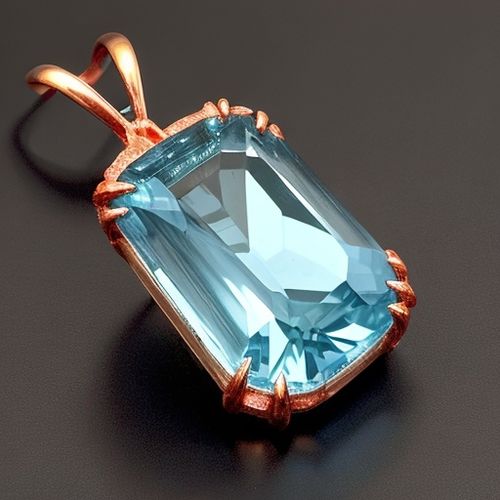
By Joshua Howard/Apr 27, 2025
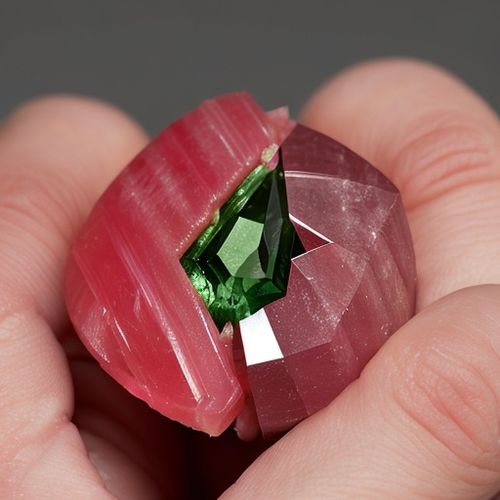
By George Bailey/Apr 27, 2025
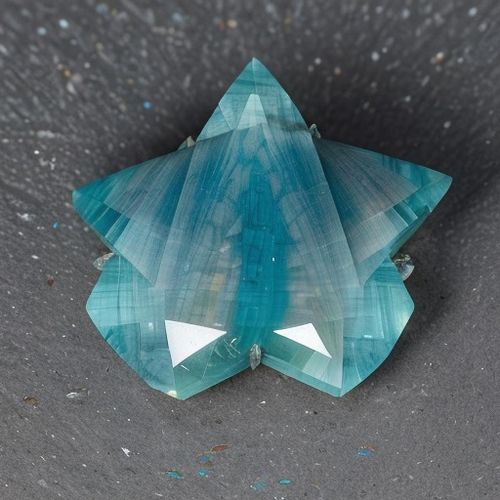
By Amanda Phillips/Apr 27, 2025
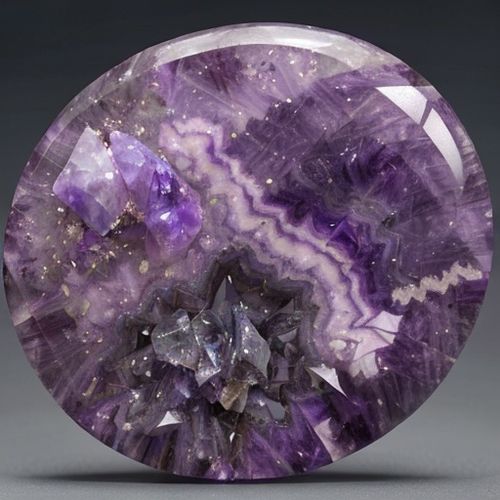
By Emily Johnson/Apr 27, 2025
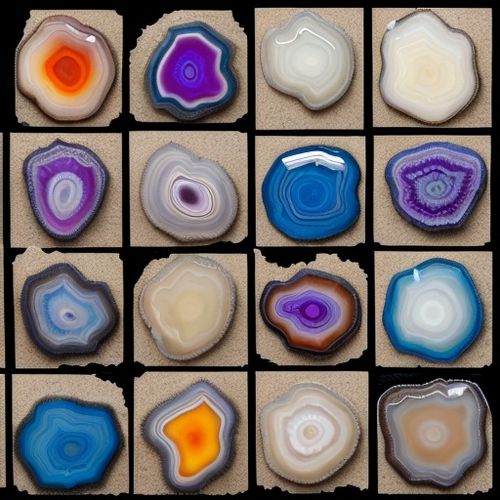
By Samuel Cooper/Apr 27, 2025
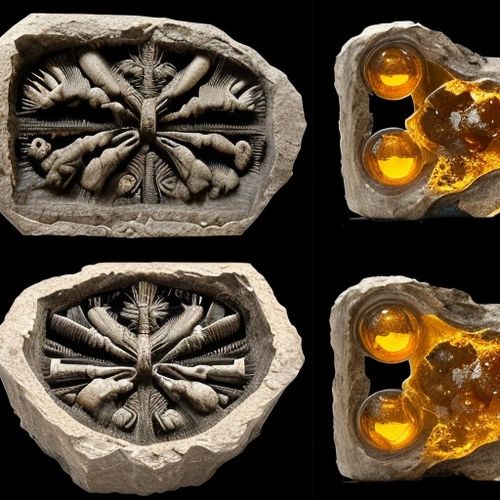
By Emma Thompson/Apr 27, 2025

By George Bailey/Apr 27, 2025
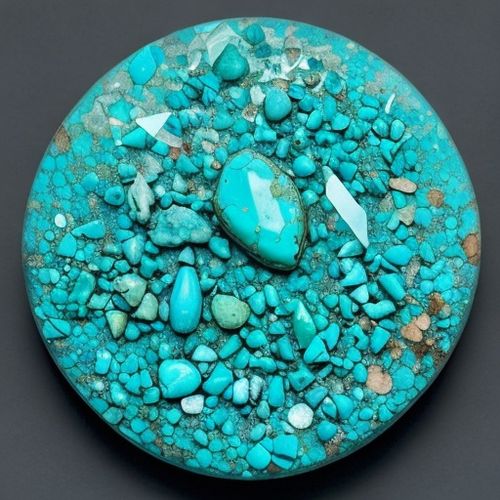
By Eric Ward/Apr 27, 2025
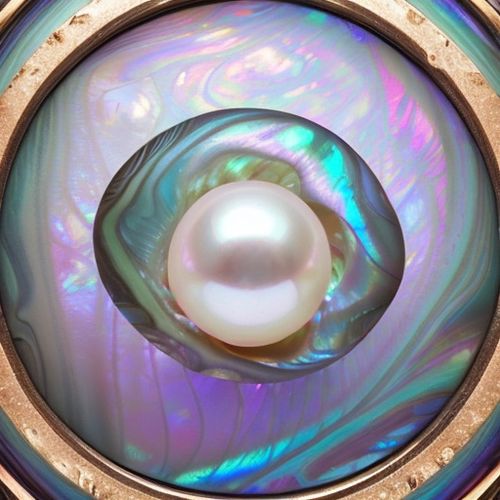
By Noah Bell/Apr 27, 2025
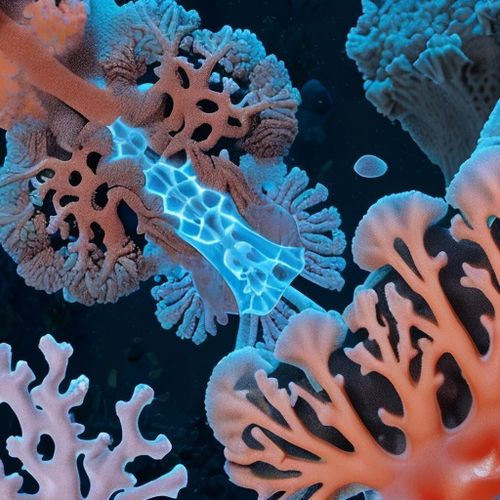
By Samuel Cooper/Apr 27, 2025
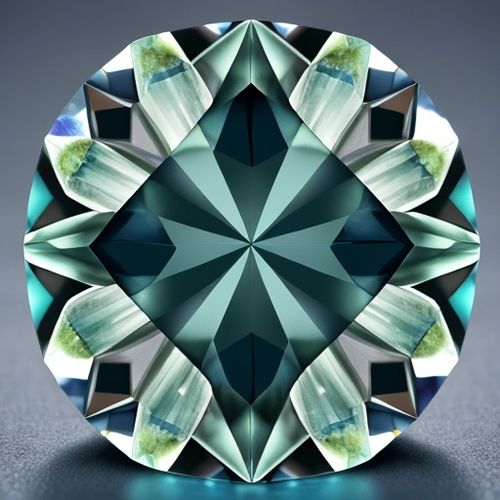
By Eric Ward/Apr 27, 2025
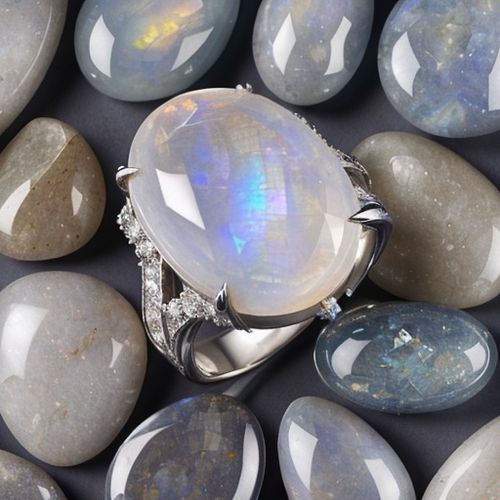
By George Bailey/Apr 27, 2025
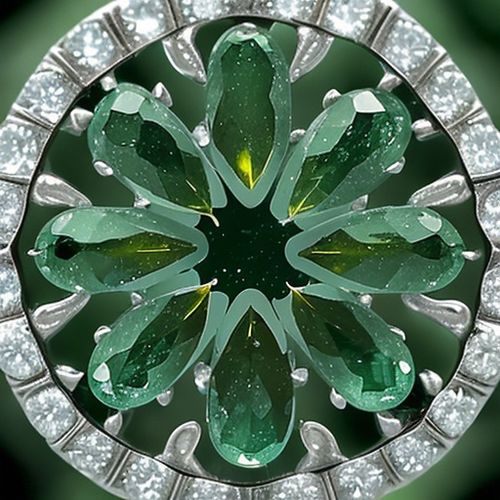
By Eric Ward/Apr 27, 2025
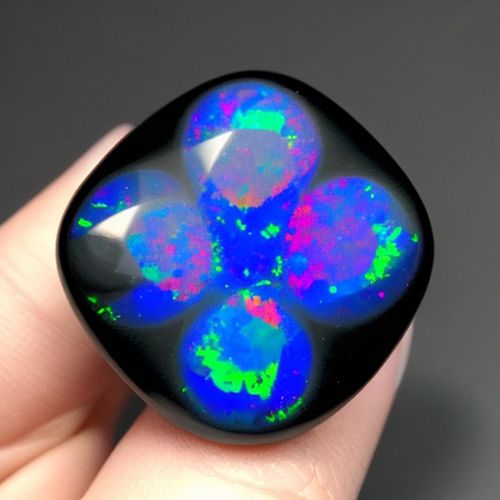
By David Anderson/Apr 27, 2025
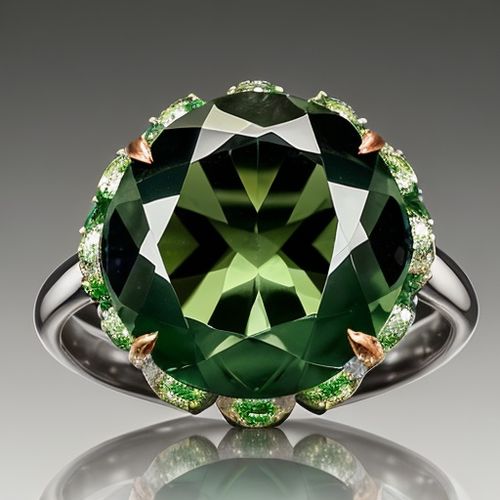
By Lily Simpson/Apr 27, 2025
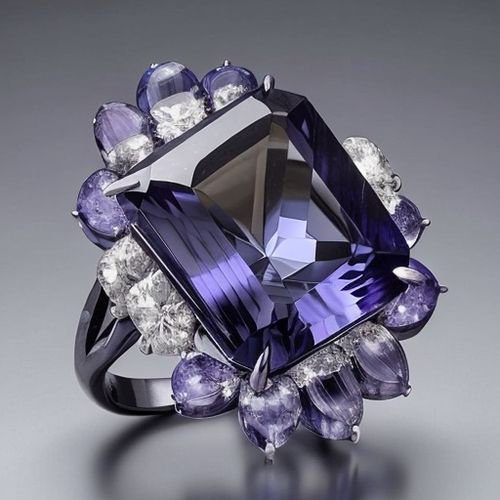
By Natalie Campbell/Apr 27, 2025
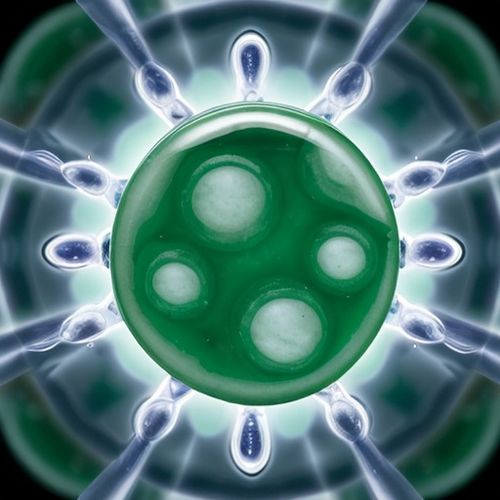
By William Miller/Apr 27, 2025